Imagine waking up one sunny morning only to find the sky has turned an eerie, ash-gray, blocking out the sun entirely, and breathing gets harder with each passing minute. It seems like something straight out of a science-fiction nightmare or the apocalyptic pages of a dystopian novel, doesn’t it?.
At the same time, there’s something magnificent about volcanoes; they created the atmosphere that we need for breathing. — Werner Herzog
Prepare yourself, as today we undertake an in-depth examination of a formidable natural phenomenon: Supervolcanoes, the catastrophic forces with the potential to wipe out humanity.
What exactly is a Supervolcano and how does it work?
When you hear the word “volcano,” you probably think of picturesque mountains like Mount Fuji or volcanic events like the catastrophic eruption of Mount Vesuvius. But a supervolcano operates on a completely different scale.
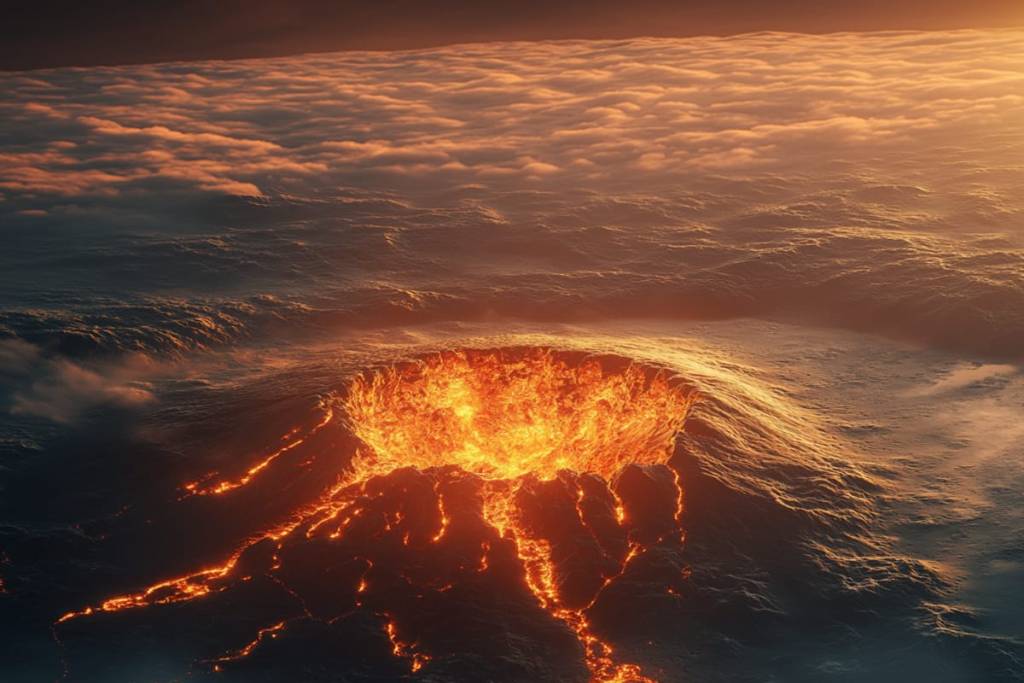
There are about 20 supervolcanoes on Earth capable of producing extremely powerful eruptions that significantly affect the climate and life on the planet. Supervolcanoes are defined by their exceptionally large magma chambers and explosive eruption potential, which differentiate them from smaller volcanic systems. A key geological characteristic is the size of the magma chamber; unlike smaller volcanoes, where eruptions are driven by the buildup of pressure from rising magma, supervolcanoes operate under a distinct mechanism.
The eruption processes in supervolcanoes are akin to a ticking time bomb, involving the gradual buildup of magma over extended periods! This slow and steady accumulation starkly contrasts with the swift and frequent eruptions of smaller volcanoes, such as Italy’s Stromboli. Imagine the colossal magma chamber of a supervolcano slowly filling; the molten rock, being less dense than the encasing solid rock, eventually reaches a tipping point. Its buoyancy generates enough pressure to crack the overlying rock, setting the stage for a cataclysmic explosion of epic proportions.
Supervolcanoes don’t just spit fire and brimstone intermittently. They unleash their wrath in an explosion so cataclysmic that it makes regular volcanic eruptions look like child’s play. The 1815 eruption of Mount Tambora in Indonesia, which created “the year without summer,” pales in comparison.
Picture this: a supervolcano eruption blasts molten rock, ash, and gas into the atmosphere, creating a global cloud that reflects sunlight.
The result? A “volcanic winter” that can last for years, plummeting temperatures worldwide, collapsing ecosystems, and throwing humanity into a fight for survival! Cue the domino effect: failed harvests, mass starvation, widespread economic collapse, and eventually, the sinking of social order as we know it.
The eruption of supervolcanoes on a Flat Eearth
Now, let’s visualize these devastating occurrences taking place on a Flat Earth. A supervolcano eruption on a flat Earth would still involve the buildup of immense pressure within a colossal magma chamber. The eruption would send ash, molten rock, and gases high into the atmosphere, potentially reaching the edge of the Earth.
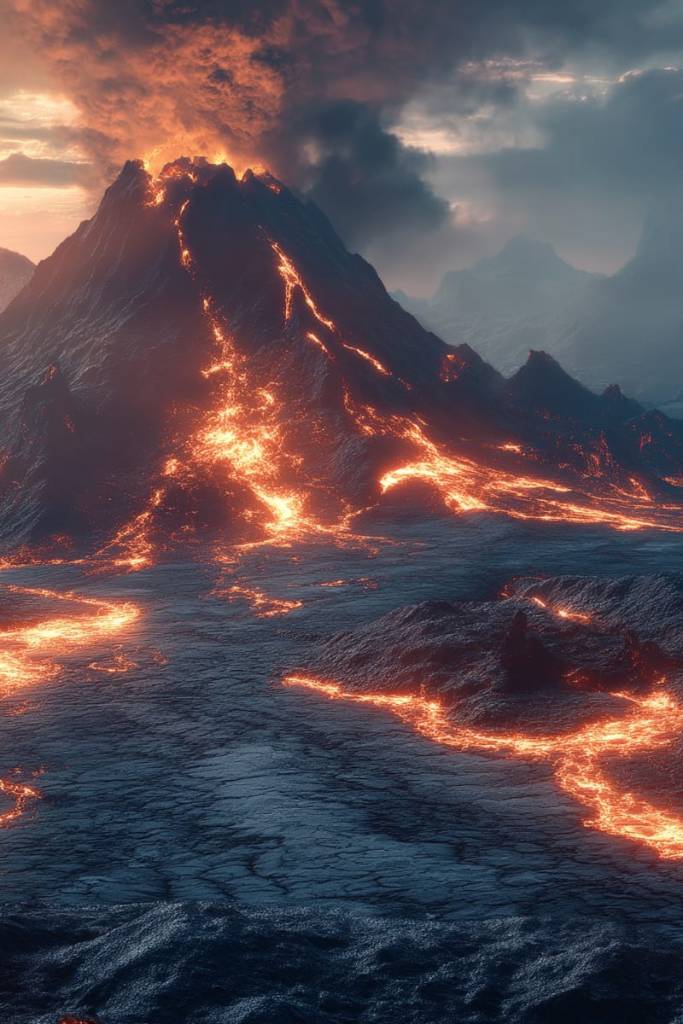
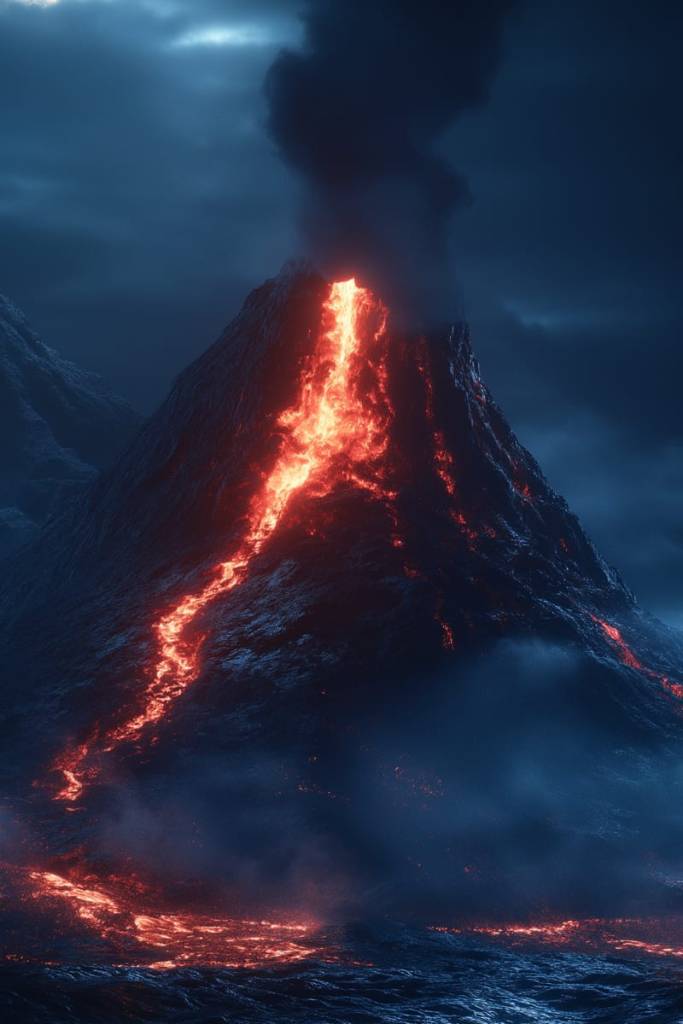
Due to the hypothesized flat expanse, the spread of ash and volcanic material could be more uniform, affecting the entirety of the flat Earth quickly and more dramatically. The reflected sunlight from the global cloud would cast persistent shadows over vast regions, plunging the flat plane into a prolonged volcanic winter. With no spherical band to distribute and mitigate the effects, the consequences could be even more severe: universal crop failures, unending winters, and a ubiquitous drop in temperatures.
In summary, a supervolcano erupting on a flat Earth would scale the catastrophic impact exponentially, presenting a uniformly dire scenario for all of humanity on the flat plane—aggravating already apocalyptic consequences of a supervolcano eruption.
People never believe in volcanoes until the lava actually overtakes them. — George Santayana
Major Supervolcanoes
- The Yellowstone Caldera, located in Yellowstone National Park in Wyoming, is one of the most recognized supervolcanoes. It was formed by three significant eruptions occurring approximately 2.1 million, 1.3 million, and 640,000 years ago, with the most recent being the Lava Creek eruption, which created the Yellowstone Caldera itself. This massive caldera measures about 43 by 28 miles (70 by 45 kilometers) and remains active with geothermal features such as geysers and hydrothermal vents, fueled by a large underlying magma chamber.
- Situated on the island of Sumatra in Indonesia, the Toba Caldera is renowned for its catastrophic eruption approximately 74,000 years ago, which had a VEI of 8. This eruption produced vast quantities of ash and gases that resulted in significant global climatic changes, potentially leading to a volcanic winter that impacted human evolution and migration patterns. The Toba event is considered one of the most colossal eruptions in Earth’s history!
- Near Naples, Italy, Campi Flegrei is a supervolcanic system with a caldera spanning over 13 kilometers in diameter. This area has a long history of eruptions, with the most recent significant event occurring in 1538. Due to its proximity to densely populated regions, Campi Flegrei is a subject of considerable scientific interest and monitoring.
- Located on New Zealand’s North Island, Lake Taupo is home to another powerful supervolcano, having experienced its last VEI 8 eruption around 26,500 years ago, which formed the Oruanui Caldera. This eruption released an immense volume of volcanic material, reshaping the region’s landscape and marking it as a significant geological force.
Yellowstone: ticking time bomb beneath your feet?
Yes, the Yellowstone Caldera is a picturesque hotspot teeming with tourists, but beneath its calm, scenic exterior lies one of Earth’s most menacing supervolcanoes. Dormant for 640,000 years, it’s not a matter of if Yellowstone will erupt, but when. With every minor tremor, scientists and thrill-seekers alike hold their breaths, wondering if this is the harbinger of doom.
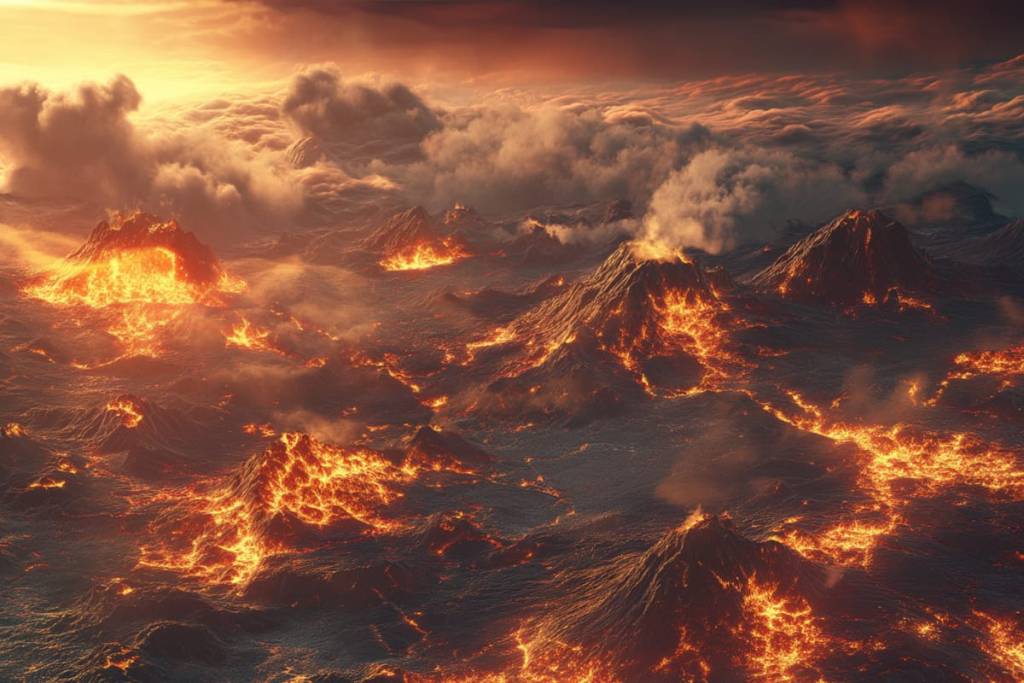
Can we do anything about it?
Now, before you rush to build a bunker, you should know that scientists are not entirely helpless. Monitoring techniques, such as satellite thermal imaging and seismographs, are our eyes and ears on the ground. They help detect unusual activity, the signs that our subterranean adversary might be waking up. But can humanity actually prevent an eruption? That’s a question that continues to baffle even the brightest minds, blending science with science fiction. From ideas like massive water injections to “cool” the magma, to more elaborate terraforming schemes, the race is on to find a solution before it’s too late.
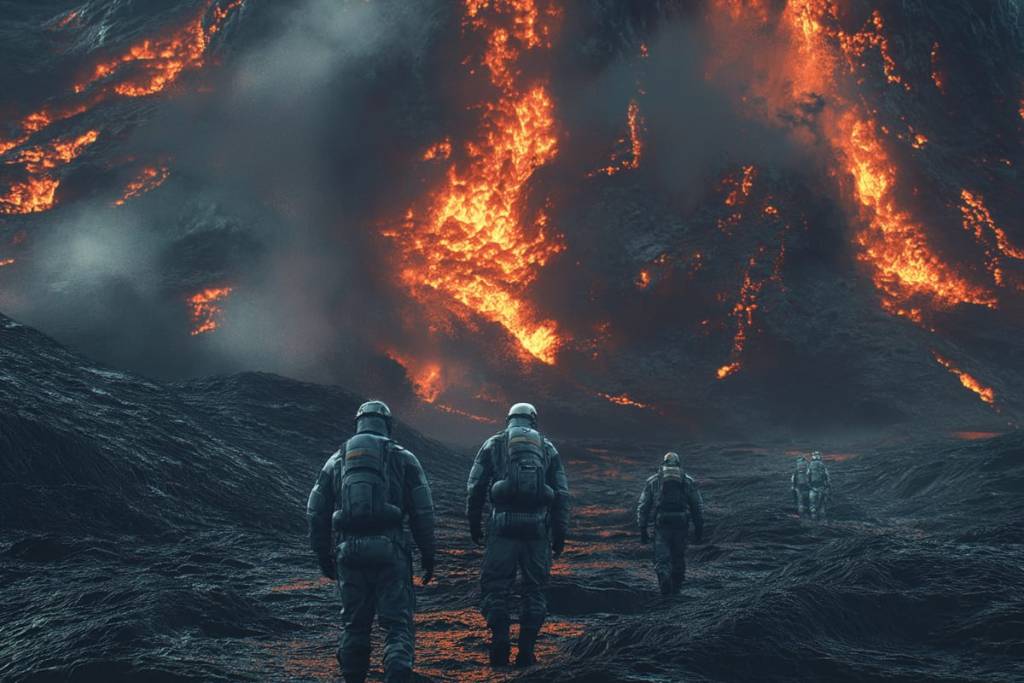
References:
[1]: What is a supervolcano? – Internet Geography
[2]: What Are Supervolcanoes, Their Size and Examples
[3]: The Secrets of Supervolcanoes | Scientific American
[4]: Lessons from a Post-Eruption Landscape – Eos
[5]: Supervolcano – Wikipedia https://en.wikipedia.org/wiki/Supervolcano
[6]: Yellowstone Caldera – Wikipedia
[7]: 10 Most Powerful Super Volcanoes – Geology Science
[8]: Supervolcano eruption mystery solved – BBC News
[9]: Study reveals threat of catastrophic supervolcano eruptions ever-present
[10]: What’s the difference between a volcano and a supervolcano?
[11]: Climate explained: how volcanoes influence climate and how their …
[12]: Grain size modulates volcanic ash retention on crop foliage and

